Super Mario Bros. Wonder is too Wonder-ful for its own good
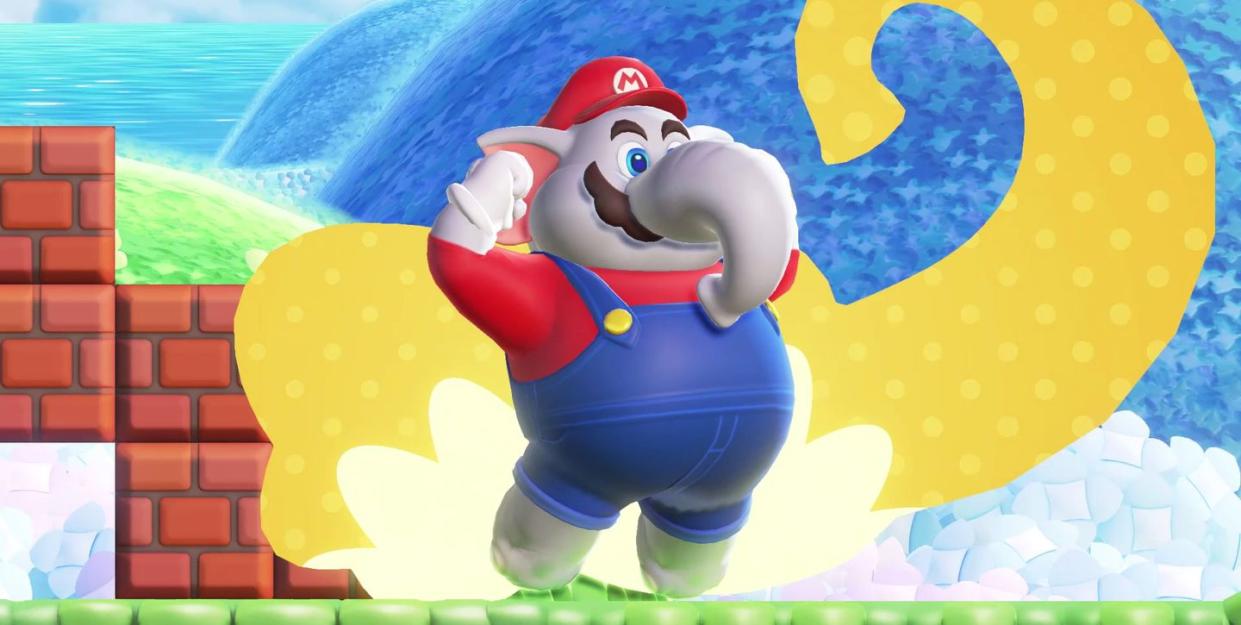
Super Mario Bros. Wonder sets out to move the series in a creatively new direction. It kind of had to. The last decade saw the release of the Mario Maker games — which allowed fans to create their own Mario levels — and the top-tier stuff that the community designed shone with imagination and personality that rivalled Nintendo's recent 2D offerings.
In some ways, the levels in Wonder reminded me of them. The intent is there for each individually crafted level to feel special, for better and for worse.
The levels are certainly a lot more polished. They're also bolder and have an abundance of unique gimmicks and mechanics designed specifically for the game.
But playing through them, I often felt that jumping in and out of the many different levels was rather jarring, like there was little that connected a level to the previous one. So, not unlike Mario Maker in that regard — but this works against Wonder.
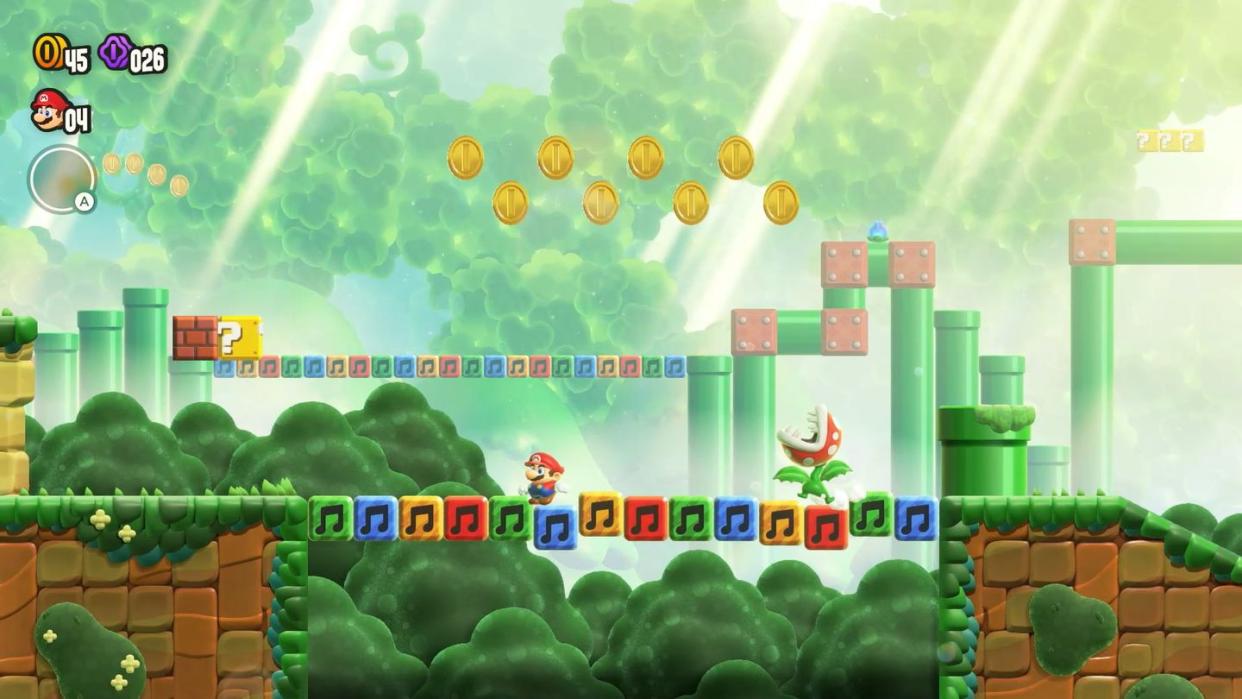
Related: The best Super Mario Wonder pre-order deals on Nintendo Switch
There's an objective (stop Bowser, obviously), there are several themed worlds to traverse, and there's even a world map of the Flower Kingdom, where all the drama is taking place this time around, that can be explored. However, the impact of those elements are watered down by how the individual levels are designed.
Each level is filled with original ideas, and I was honestly impressed with the ridiculously high volume of one-time gimmicks Nintendo could come up with.
Most notably, all courses will have a Wonder Flower, often in a hidden location, that when touched will transform the level in an unrecognisable way.
Sometimes, Mario — or whoever you play as (I spent most of my playthrough as Daisy) — transforms. Maybe he'll turn into an enemy creature, changing the perspective of a level. Other times, the environment becomes surreal, or enemies are given a new twist.

Some of the twists to the levels are fun, while others feel like they're weird for the sake of being weird. That all levels have a gimmick to them can be exhausting if a gimmick doesn't hit the mark.
This leads to the overarching issue with the structure of the game. A lot of effort has gone into ensuring that levels are completely different to each other, but the consequence of that is there is barely a through-line in many of the worlds. Levels in a world may share a similar colour palette, but they often don't feel like they're part of the same world.
At the game's worst, the levels are disconnected and lack cohesion, resulting in an experience that feels aimless.
Some of the best Mario games stand out because they manage to convey a strong sense of place, but there are large parts of Wonder that lose sight of and therefore fail at this. It also means that weaker individual levels stick out more than they normally would.
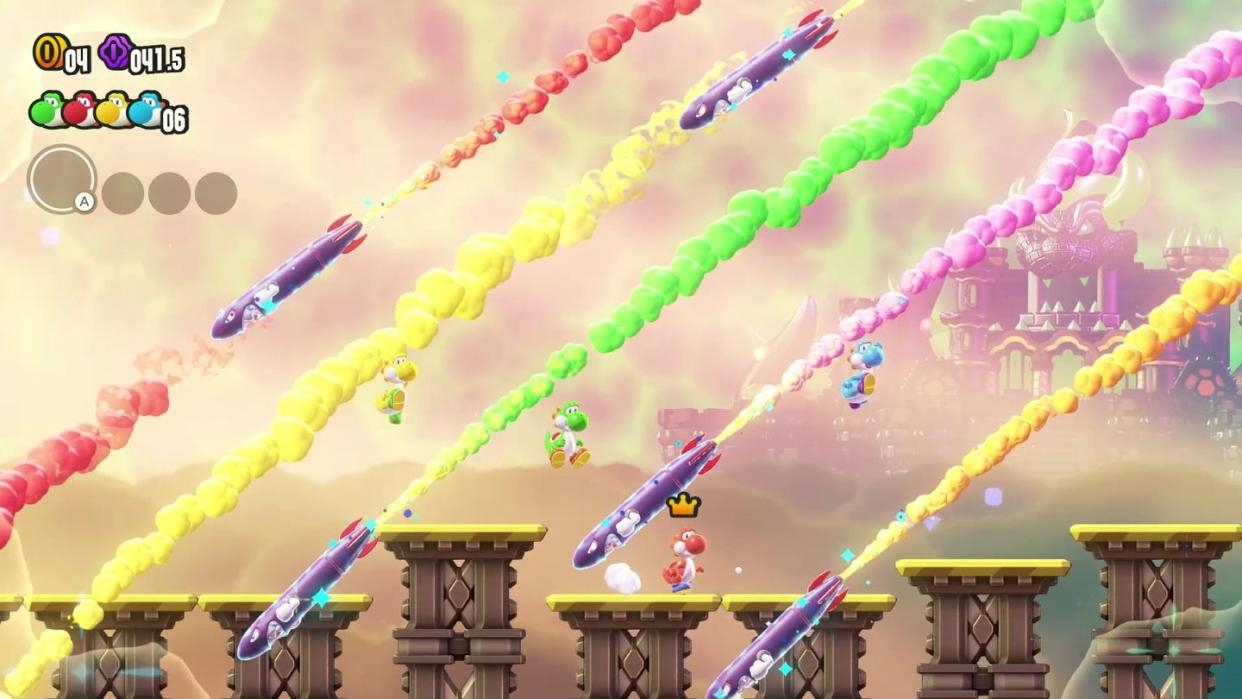
Related: Nintendo confirms the new voice of Mario and Luigi
This flaw isn't true for the whole game. Without going into detail, there are a couple of later worlds that are noticeably more consistent in the way the levels manage to sell the location, both visually and mechanically. They end up being more enjoyable to explore, and so there is greater incentive to find the many secrets and hidden paths littered around the levels.
The second half of Mario's time in the Flower Kingdom is stronger than the first as a result.
When a course works, it really does work — and that's thanks to one of the series' greatest strengths: its tight controls. Mario and the gang are as fun as ever to control, as they run, jump, and stomp towards the flagpole.
A neat touch is the way any character can do a mid-air spin with a press of a button, giving an extra brief moment in the air. It's quite understated, but that little bit of additional control feels rewarding when used to overcome a platforming segment.
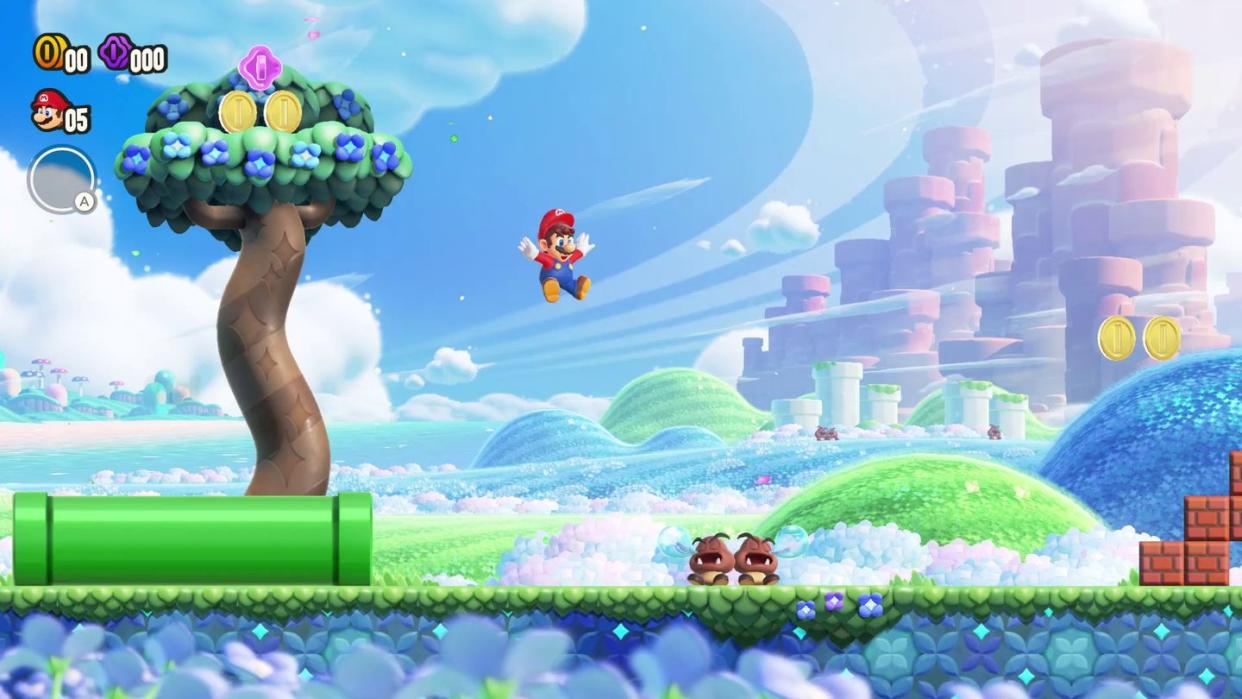
I bring this detail up because Wonder is at its best to play when it takes full advantage of Mario's moveset — and there is a surprising number of new moves introduced from badges. Each badge, when equipped, gives Mario a unique ability. Some are not very noteworthy, like getting extra coins. However, by far the best badges are the ones that enhance Mario's mobility options.
Through badges, my Daisy could perform an enhanced wall jump, float with a parachute cap, perform a crouching high jump (Super Mario Bros. 2-style), and even use a grappling hook vine.
All of these new tools for traversing were a blast to execute, and levels that were designed to take advantage of a specific ability in mind were a real highlight.
However, I was only allowed to equip one badge at a time — so I couldn't combine, for example, the enhanced wall jump with the grappling vine. It ended up being quite restricting.
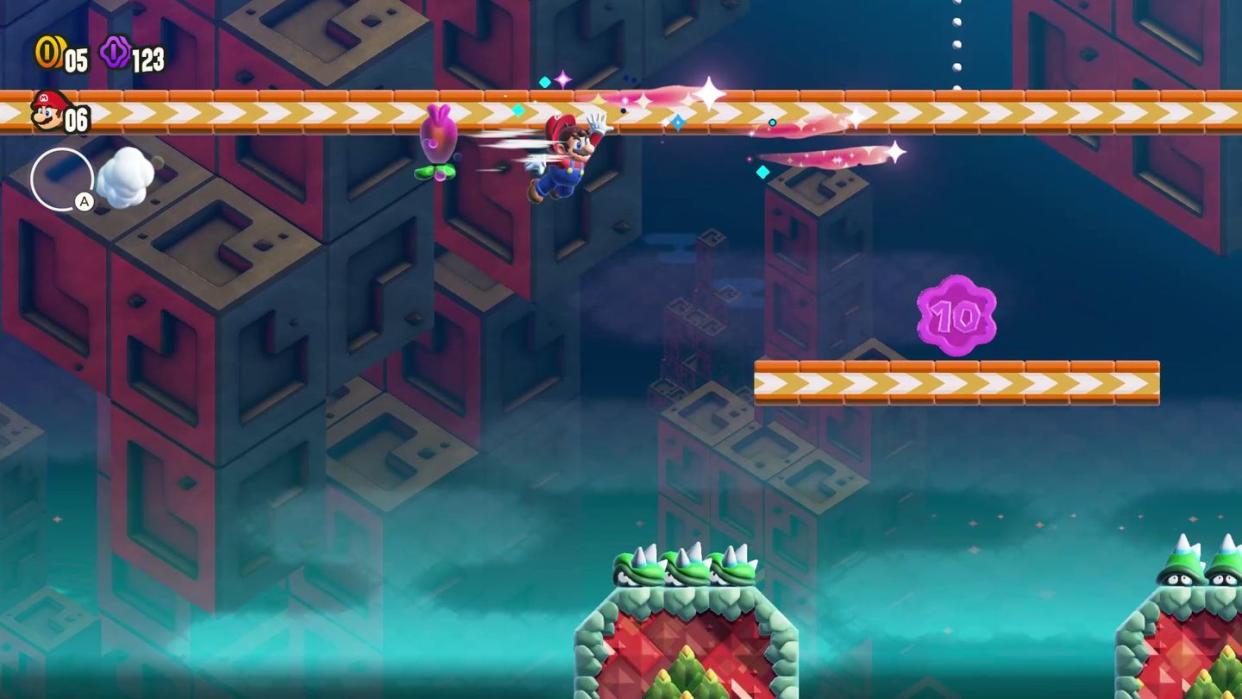
Related: F-Zero 99 is Nintendo Switch's best '99' game yet
Because the moves are rather specific, it meant that the enhanced wall jump would be great for one level but then useless in the next several. That's not to say I expected to be wall jumping in every course, but rather that Wonder treats these abilities as just another gimmick instead of making them a core part of the controls.
I can't help but think that there was a real missed opportunity here to do something truly progressive in terms of how 2D Mario plays.
That aside, managing the badges is quite tedious. You can only swap badges between levels, so if you happen to have a badge equipped that's useless for the course, you either have to exit the level or play through it without any advantage.
Wonder also introduces a few new power-ups alongside the classic Fire Flower, though despite how viral Elephant Mario became after the game's initial reveal, the Elephant form isn't particularly exciting to play with.
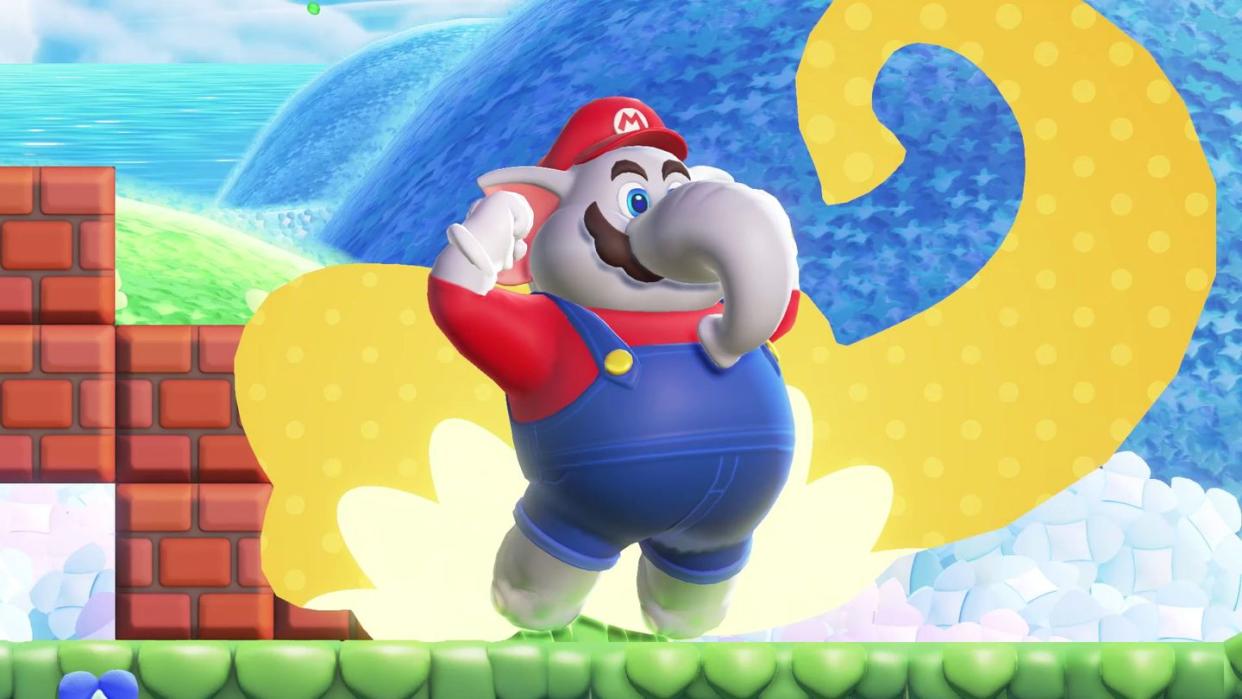
By far the best of the new bunch is the Drill form, which grants the ability to burrow underground as well as into the ceiling. It adds another dimension to the platforming while also opening up potential new paths to explore, and is featured enough to make a lasting impact.
Wonder is too disjointed to be considered a classic, often not making the most out of its best ideas. Its scatterbrained approach and the over-reliance on gimmicks needed to have been reined in a little, so that Mario's latest outing could feel more consistently like an adventure than a series of unconnected individual levels.
It is a game that tries to evoke a feeling of discovery at every possible turn, but in doing so loses the element of wonder fairly quickly.
Instead, Wonder's strongest moments are when it takes a breather, taking the time to set the scene while letting the platforming do the talking.

Super Mario Bros. Wonder is out on October 20 for Nintendo Switch.
You Might Also Like


